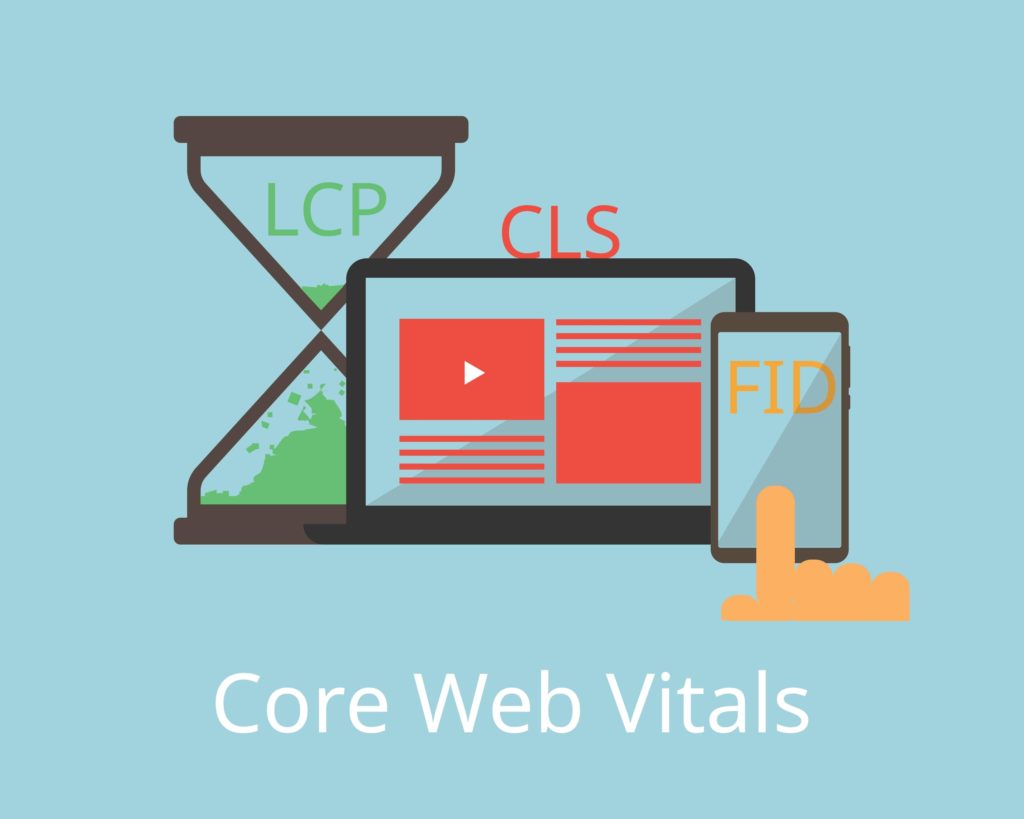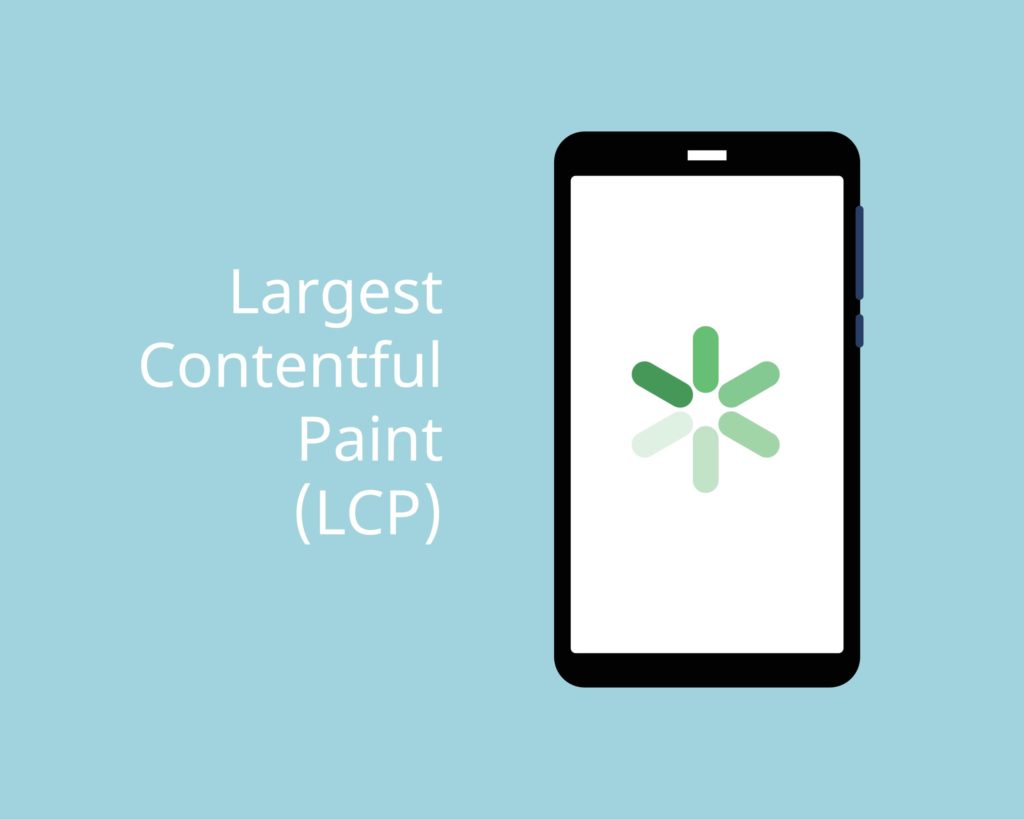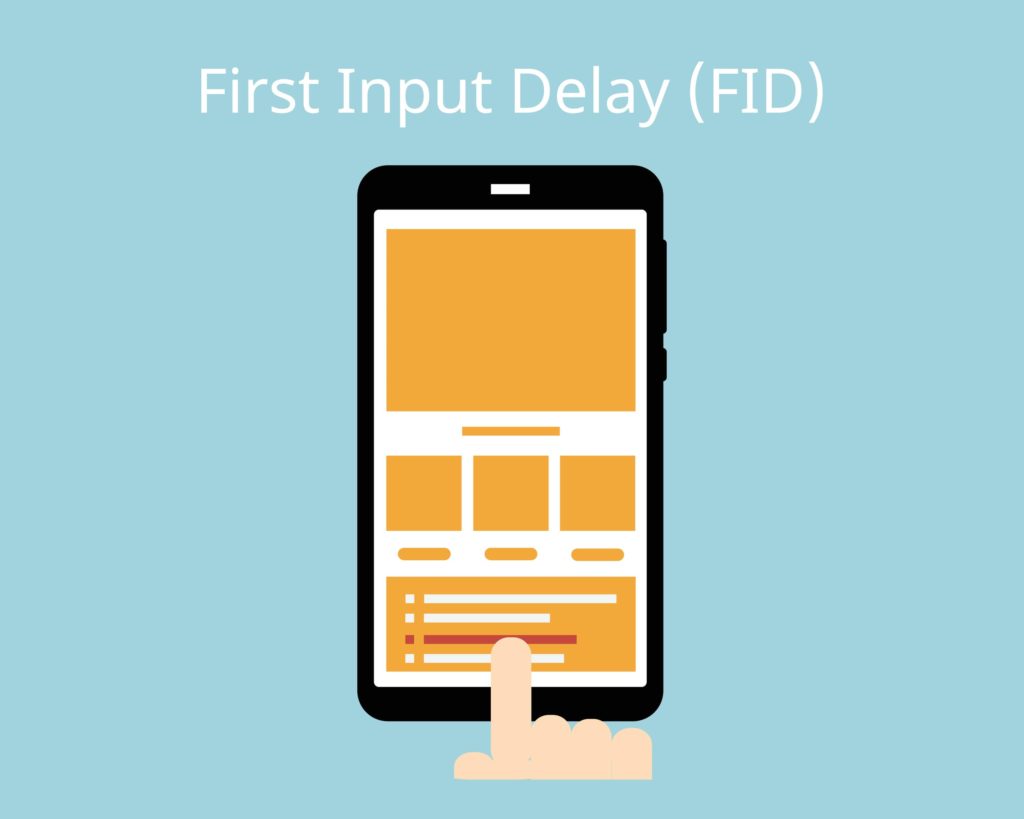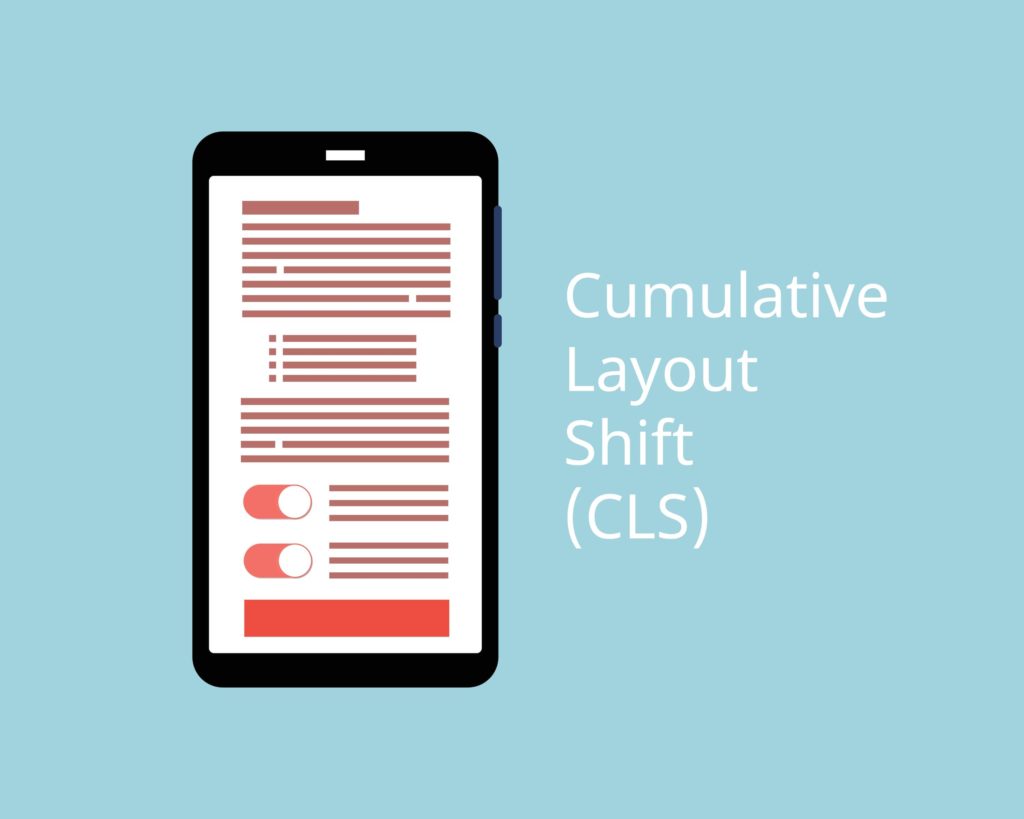A web page that belongs to any business is an asset because it’s the place where the audience lands on and tours around for what they want.
But what if they feel that your website is not up to the mark? loading time, navigation issues or even lack of clarity in the content are some of the factors that contribute to a poor user experience.
Research has shown that 70% online businesses fail to perform because of poor user experience

This is where Core Web Vitals come into the picture.
What are Core Web Vitals?
As the name suggests, Core Web Vitals are the vital factors that Google considers to be important for the user experience of a webpage.
It’s made up of 3 major page speed and user interaction measurements:
- Largest Contentful Paint
- First Input Delay
- Cumulative Layout Shift
Google has apparently made the plan to include the vitals as a major ranking factor, which tells us why it’s high time we work on the user experience of a website. And when we talk about user experience, the following are some of the factors Google considers important:
- Mobile friendliness
- Website security
- Lack of interstitial pop ups
- HTTPS
Let’s walk you through the 3 vitals in detail
- Largest Contentful Paint (LCP)
LCP aka Largest Contentful Paint tells you about the loading time of a page from the user’s perspective. The ideal loading time is 3 seconds. From clicking the link, to seeing the whole content on the website. Now if you take a look at other page metrics like TTFB & First Contextual Paint, they don’t really tell you about the representation of a webpage to users. Whereas LCP focuses on the interaction of the users with the webpage.

You wanna know what’s your LCP score? You can get that information on the page speed insights. Not just that, You can take a look at the LCP data on Google search console as well. The difference is that you can find the LCP data of your entire site. It shows which URL functions well and which does not, in the form of good, needs improvement and poor.
Ways to improve LCP
- Avoid using 3rd party scripts as they can slow down the page.
- Take a look at page speed insights as it will let you know the element that’s slowing down the page.
- Upgrade your website so that your page loads faster.
- Set up lazy loading. Here an image appears only once you scroll down, making your LCP faster.
2. First Input Delay
Are the users able to interact with the web page? Well, that’s what (FID) First Input Delay looks like.
Examples are:
- Entering an email ID into a field
- Clicking a particular service under the menu tab
- Clicking on a link in the navigation tab

FID gives a clear picture of how the users interact with a web page. Which is why Google considers it as a vital aspect. In short, it’s a page speed score.
FID is not necessarily required for blog posts or articles. The interaction takes place when you scroll down a page or click on a picture.
How to improve the FID score?
- Reduce the Java script. So that the webpage loads quickly and the audience really doesn’t have to wait to consume the content.
- Avoid using non-critical third party scripts as it can impact FID negatively.
- Use a browser cache. By doing so a web page loads quickly.
3. Cumulative Layout Shift
Cumulative Layout Shift talks about the stability of the page when it loads. When a website loads, you really don’t want to see the elements of a website in motion, but in place. If they tend to move around, then that’s really bad for a website. You have a high CLS in that case.

So how do we reduce the CLS?
- Use a set size for images, videos, infographics etc. By doing so the browser understands the amount of space it takes up, which avoids movement as the page loads.
- Keep a space reserved for the ads so that it doesn’t push the content downwards or sidewards.
- Add new UI elements. By doing so, the content doesn’t get pushed downwards or sidewards.
You can even get the data for Core Web Vitals on Google Search Console under the section “Enhancements”.
So that brings us to the end. Follow the Google guidelines religiously, and the vitals given above. Each and every miniscule aspect about your web page matters to Google. It’s more like winning trust with Google. And if you really want to win, you’ve got to make the necessary changes so that you never let your audience down.






